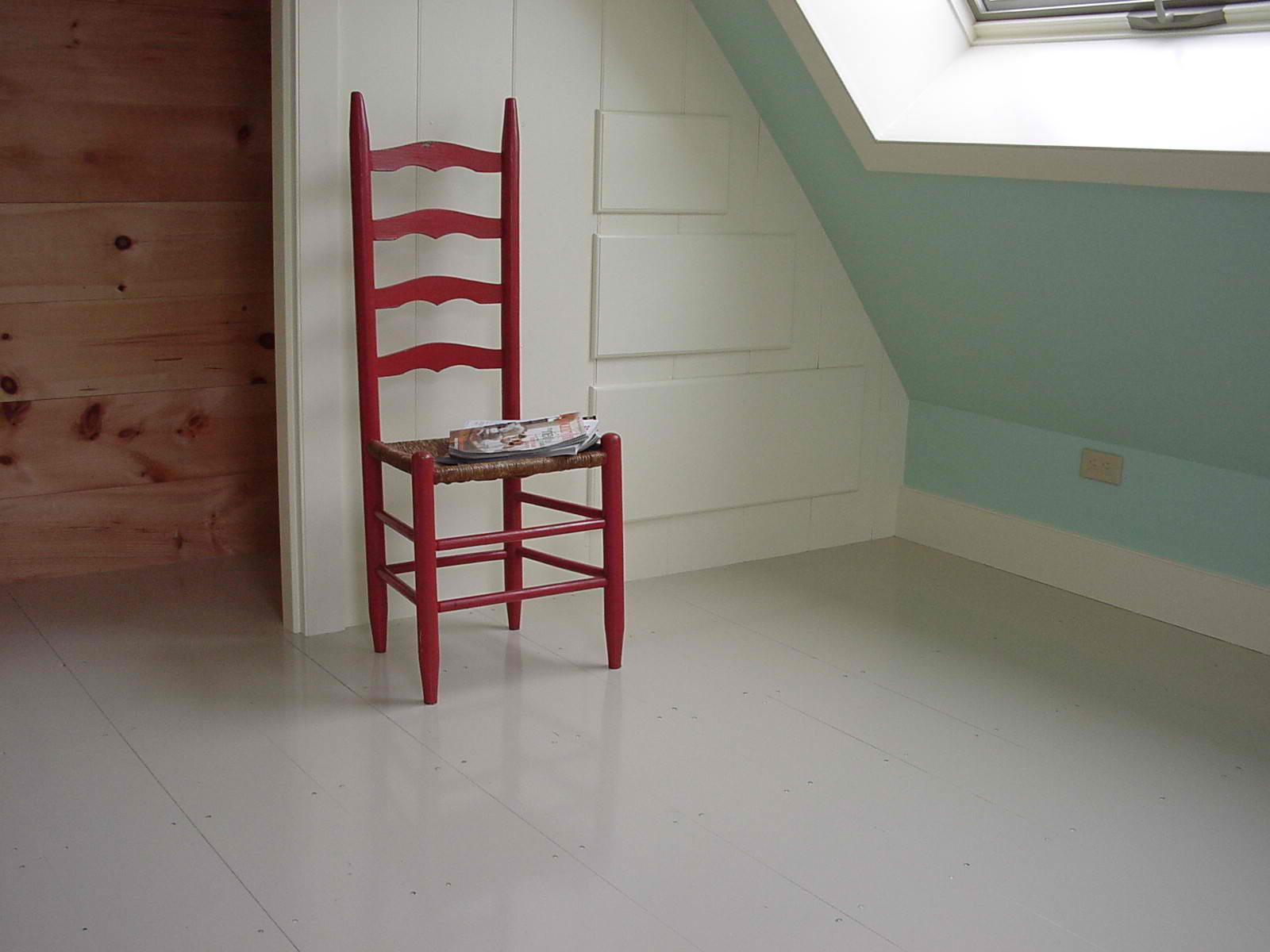Following the initial EWP vs. Radiata Pine video comparison, it’s PVC Trim’s turn to go head-to-head to see who’s really the better choice of building material. In this second of the series, Eastern White Pine and Polyvinyl chloride or better known as PVC (those plastic and composite derivatives sold under various brand names) are compared in the four categories of Environmental Friendliness, Authenticity, Biodegradable Realities, and Renewability…..all criteria  important to today’s consumers, builders, designers, and architects when considering the array of building materials available in the marketplace.
important to today’s consumers, builders, designers, and architects when considering the array of building materials available in the marketplace.
In less than 2 minutes the final outcome becomes crystal clear and never really in doubt! Eastern White Pine is the overwhelming winner when all the facts are visually displayed, summed up with closing statement that EWP is the “More Sustainable and Healthy Choice for our Homes and Planet”. The video battle ends with a reminder that Eastern White Pine has over 300 years of sustainable versatility in all aspects of home construction.
The outdated adage of “Better Living Through Chemistry” just simply isn’t true when it comes to making smart building material choices for a better world! Click here to view the latest in this NELMA video series. Turn up the volume, enjoy, and forward the website link to all you know who need the facts!


